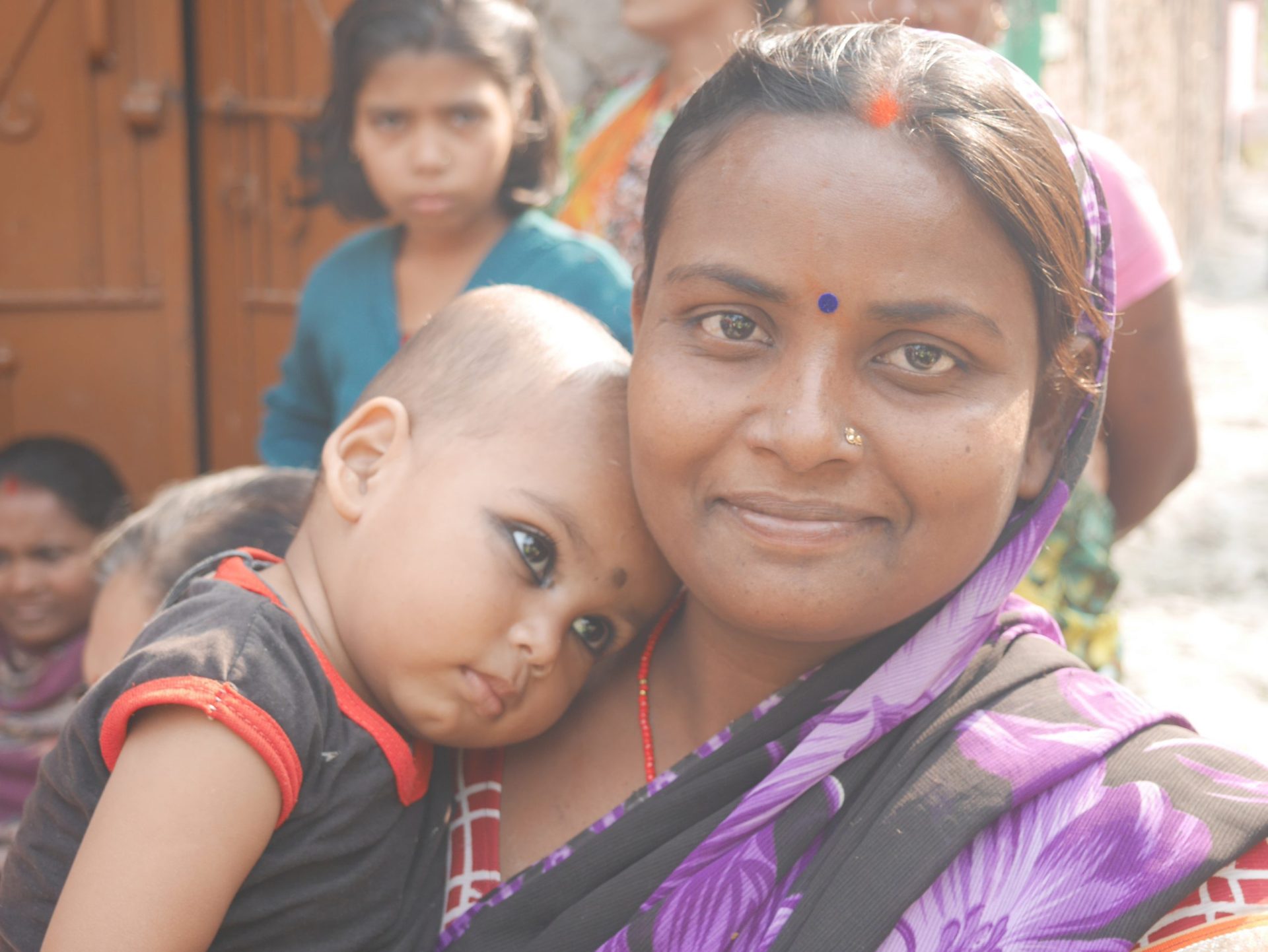India: Childhood Lead Exposure and Source Identification Study, Patna

The Patna Childhood Lead Exposure and Source Identification Study was carried out over a two-week period in February 2020.
It was a representative, cross-sectional population-based cluster design survey, with the aim of evaluating the blood lead levels in children less than 6 years old in areas considered to be impacted by ULAB (Used lead-acid battery) operations (within 300 m of assembly, repair, recycling or lead smelting sites) and control areas considered to not be impacted by such operations (more than 5 km away). Random households were selected from within the designated study areas. The three main components of the study were an environmental assessment of each participating child’s household, a demographic and behavioral questionnaire, and a venous blood sample.
A total of 136 children under the age of 6 years participated in the study.
In coordination with the study’s partner organizations, we will endeavor to publish major findings in a peer-reviewed journal. Once further analysis is completed, we look forward to generating and disseminating public health recommendations.
